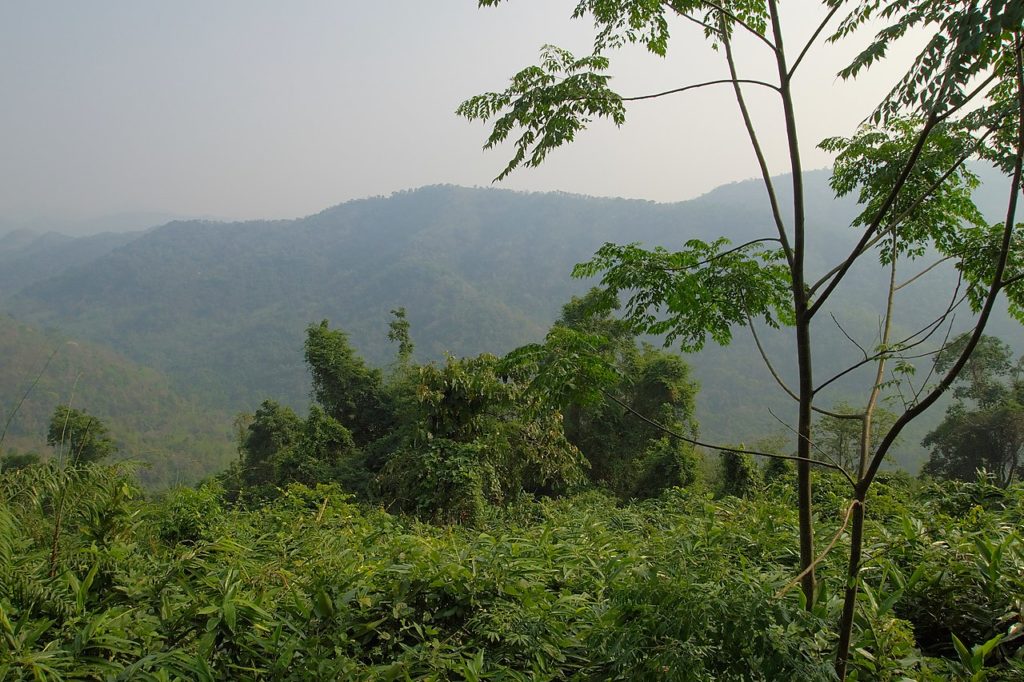It was created in 1976 around the Sakaerat Environmental Research Station (SERS), which was established in 1967 primarily as a site for research on dry evergreen and dry dipterocarp tropical forests.
The Sakaerat Biosphere Reserve is largely comprised of dry evergreen forests, mixed deciduous forests, dry dipterocarp forests, reforested areas, and a few bamboo patches. Within the transitional zone there are agricultural and urban lands.
 While the dry evergreen forests are the most expansive and representative ecosystem in SBR, the dry dipterocarp is the unique ecosystem that needs to be preserved.
While the dry evergreen forests are the most expansive and representative ecosystem in SBR, the dry dipterocarp is the unique ecosystem that needs to be preserved.
Within the core area of the reserve, non-invasive scientific research is conducted for the benefit of the reserve.
Within the Biosphere Reserve there are currently over 380 floral species, 486 wildlife species, and 533 species of invertebrates. New species are discovered on a very consistent basis.

Agriculture is the primary source of income for the majority of families residing in the biosphere reserve. Small shops are also present in every village within the biosphere reserve, and the southern borders of the transitional zone in Wang Nam Khiow are dominated cultural and eco-tourist activities, which have relatively low impacts on the ecosystem.
The tourism industry in the biosphere reserve is largely supported by the science camps which are run out of SERS. Approximately 17,000 student ecotourists visit the buffer zone and core area each year in closely controlled camps which facilitate learning about the environment and a respect for nature.
According to en.unesco.org













